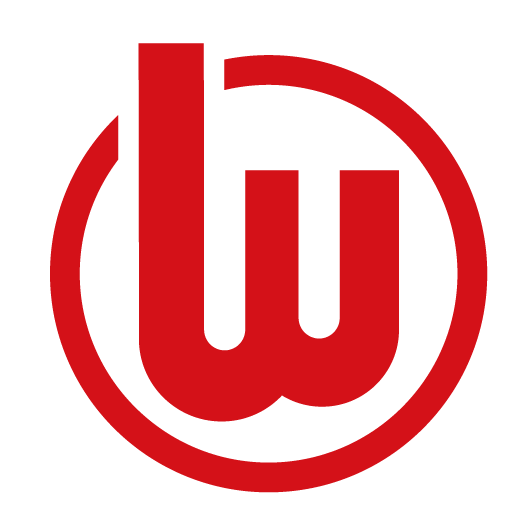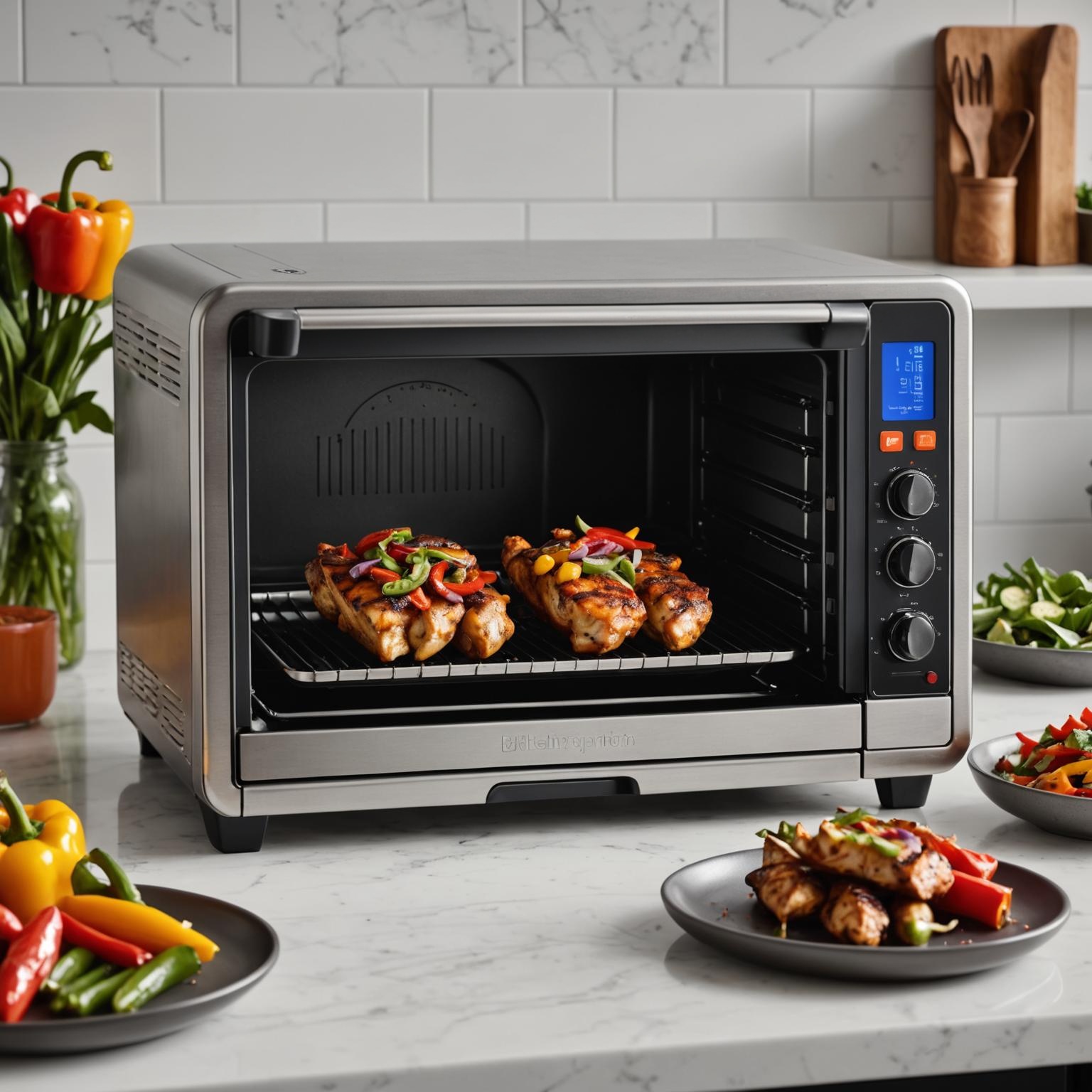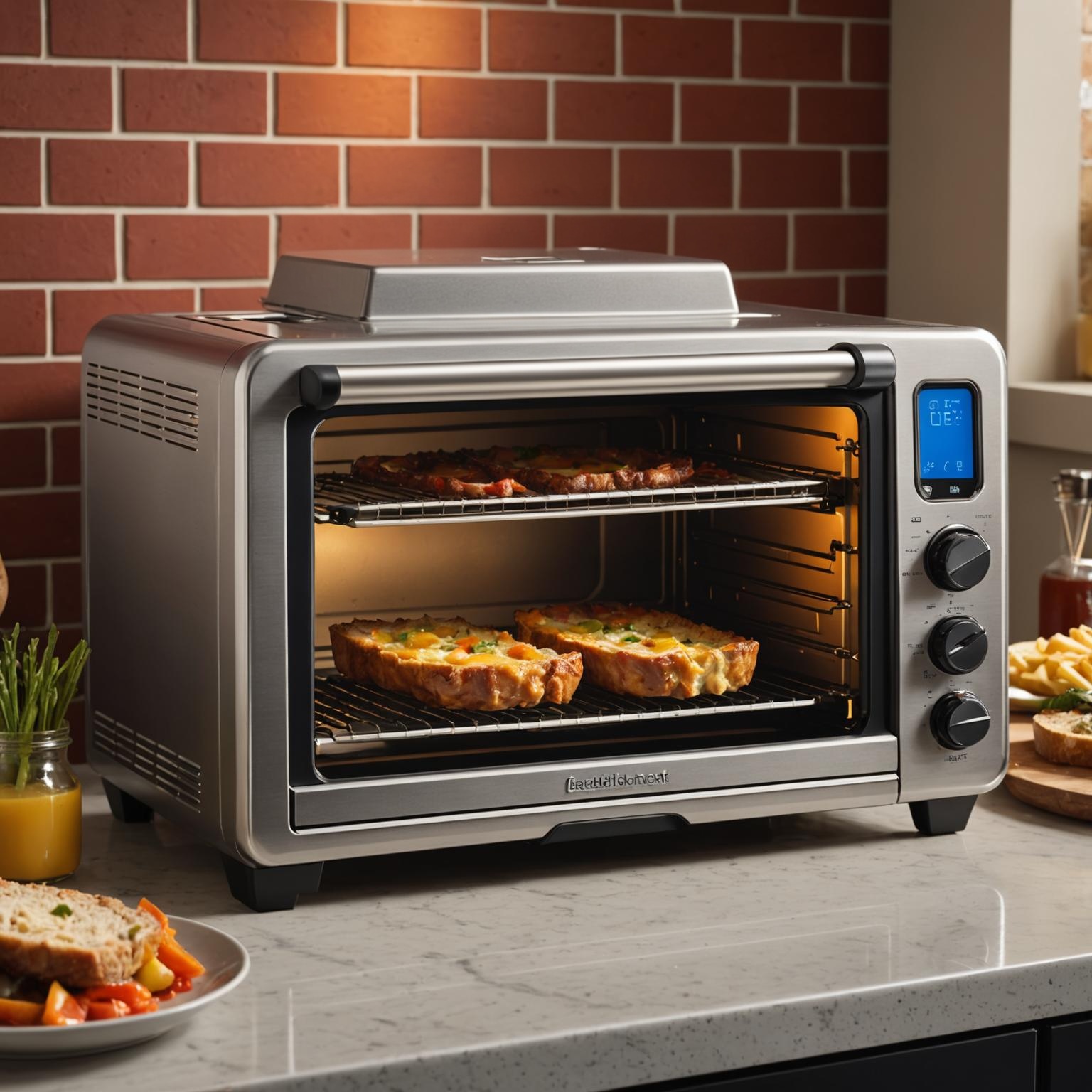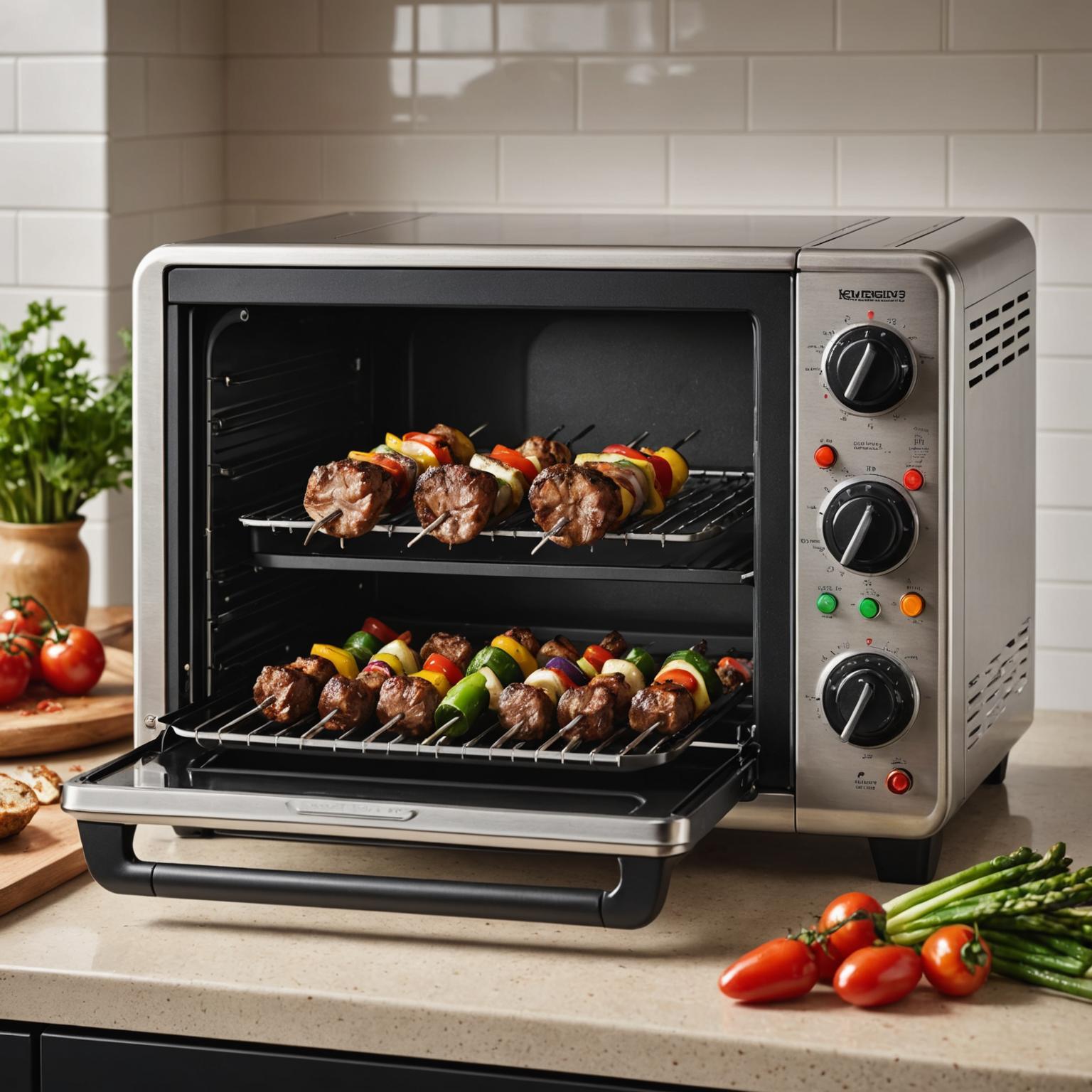The demand for faster, more efficient, and reliable heating technology has never been higher, influencing everything from household kitchen appliances to large-scale industrial processes. At the core of this technological wave is the humble yet essential industrial heating tube, a component that powers countless devices and systems. As consumer and industrial expectations evolve, so too do the trends surrounding the design, materials, and application of these critical parts, setting new standards for performance and durability across the board.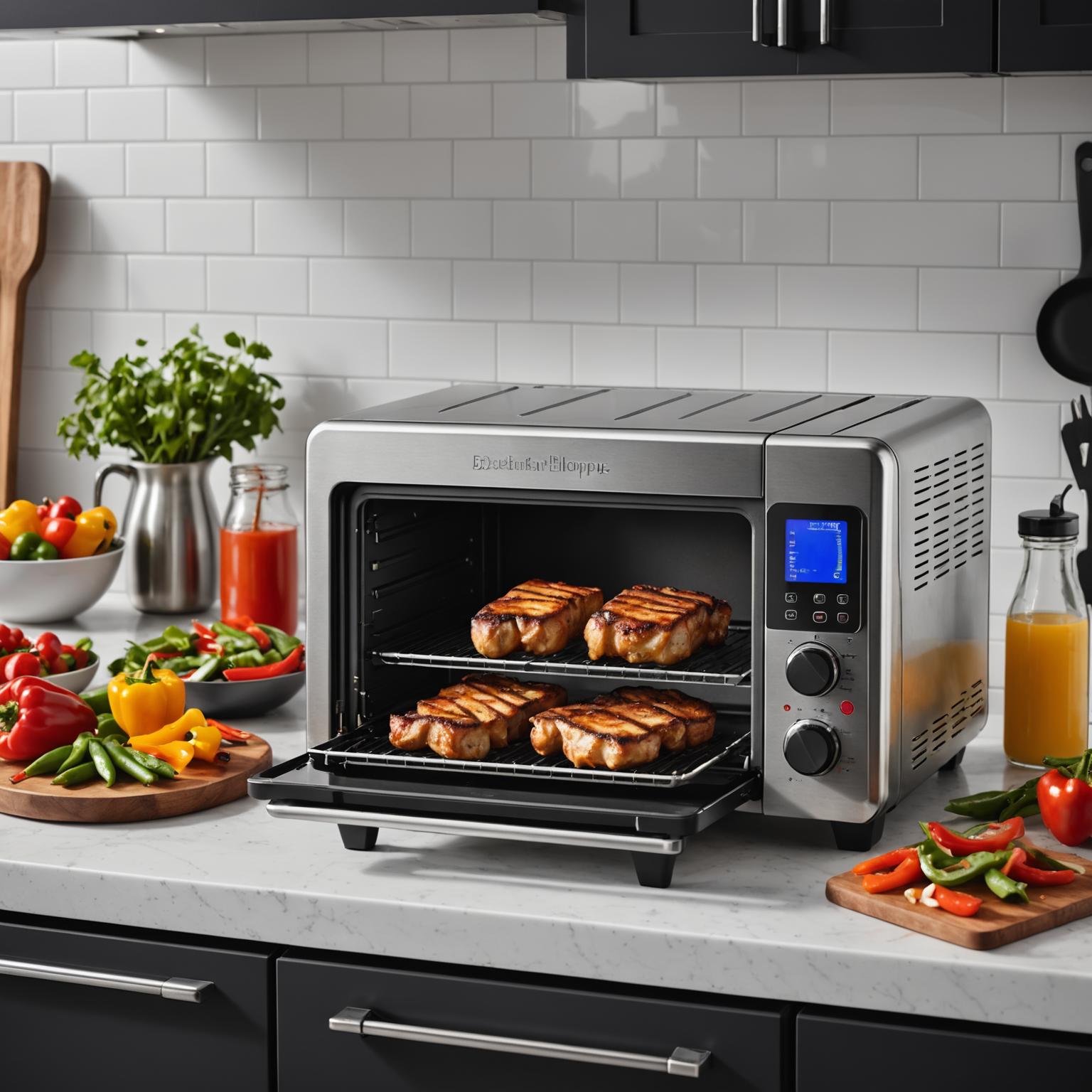
The Evolution of Heating Elements in Modern Applications
One of the most significant trends is the push for enhanced efficiency in heating elements. Modern applications demand rapid thermal response without compromising on energy consumption. This has led to significant advancements in the technology behind the electric resistance heater, which forms the basis for most heating tubes. The market is increasingly favoring quick heating elements that can reach target temperatures in a fraction of the time previously required. This trend is visible in consumer products like convection ovens that boast minimal preheating times, but it is even more critical in industrial settings where reduced cycle times directly translate to increased productivity and lower operational costs.
Trends in Material and Resistance Tube Design
The materials used in manufacturing heating components are undergoing a quality revolution. The stainless steel heating tube has emerged as a dominant trend due to its exceptional resistance to corrosion, high temperatures, and physical stress. This makes it an ideal choice for applications in demanding environments, such as food processing, chemical plants, and medical sterilization. Beyond materials, the focus on sophisticated resistance tube design is growing. Engineers are now creating complex internal geometries and using advanced alloys to ensure uniform heat distribution, maximize surface area, and extend the operational lifespan of the heater. This meticulous approach to design, backed by quality management standards like ISO 9001, ensures that each component delivers consistent and reliable performance.
Meeting Demanding Specifications Across Industries
The sheer diversity of resistance heating applications has driven a trend towards greater customization and specialization. A one-size-fits-all approach is no longer viable. Today, manufacturers must meet highly detailed heating tube specifications tailored to unique operational contexts, whether for water heaters, industrial ovens, HVAC systems, or scientific equipment. This requires a deep understanding of thermal dynamics and material science. Leading suppliers, such as GUANGDONG WEBO TECHNOLOGY Co., LTD, emphasize this by securing international certifications like VDE, TUV, and UL, assuring clients that their components are not only custom-fit but also meet the highest global standards for safety and quality.
The Future of Industrial Heating Technology
Looking ahead, the trajectory for heating technology is clear: greater efficiency, superior materials, and purpose-built designs will continue to define the industry. The evolution of the industrial heating tube reflects a broader trend of integrating advanced engineering into foundational components to unlock new levels of performance. As technology continues to advance, the synergy between innovative resistance tube design and high-quality materials like stainless steel will empower the next generation of products and industrial processes, making them faster, more reliable, and more energy-efficient than ever before.


